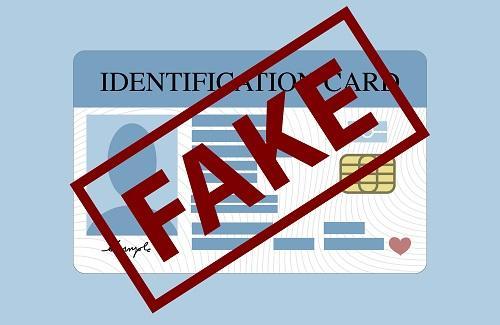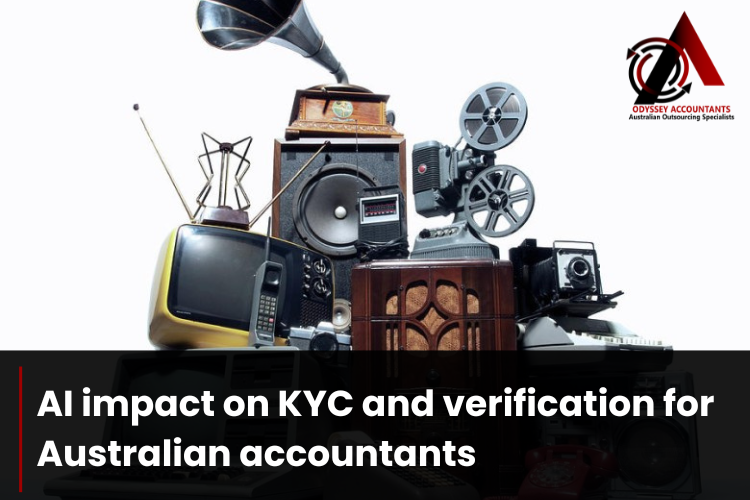If you have been following AI then more recently there have been a number of websites popping up providing hyperrealistic fake ID’s.
The technology is now available that immediate requirements (headshots, placed on carpet etc) can be done online in real-time, sufficient to fool many sites requiring KYC information.
Given online systems are struggling to keep up with fakes in real-time, it is going to be an ongoing issue for Australian accountants given the KYC client verification (proof of identify) requirements by the ATO.
Learn more: Agent client verification methods
Learn more: Client verification process for tax practitioners
Learn more: TPB(PN) 5/2022 Proof of identity requirements for client verification
If you google more on this recent information, you’ll find articles from February 2024 noting:
Almost any form of ID from any uploaded photo in minutes. Passport, library card, driver’s license, health card, residence card, Student ID, etc.
Somewhat more of a concern, the AI engines can create that hundreds of documents can be generated at once using data from an Excel table or other data source, and there are claims from one service that is can create up to 20,000 documents in a day.

One service can create the false ID in under a minute, returning two files (front and back) of a new fake ID lying on the carpet. And you have the option to have the ID background as a carpet, a blanket, a piece of fabric or a hard surface.
The appeal of a service to fraudsters is that these allegedly AI-generated fake IDs could be used to sign up for online services that ask for identity verification. It is very common for all sorts of sites—banks, cryptocurrency exchanges—or even individual professionals like lawyers or accountants to ask for, at minimum, a scan or photo of someone’s ID. Some social media sites also ask for identity documents in certain contexts.
In one instance, a website required an image to be taken with a smartphone camera. The person writing the article mentioned this worked despite not having a physical ID in hand. They pointed the camera at the Fake-generated photo of the fake ID displayed on their laptop screen, and the system successfully recognized the ID.
So where does this leave Australian accountants.
This is obviously a high-risk area for Australian accountants. There have been many online news articles about fake id’s being used to lodge false returns.

However, at the moment it’s more likely that fake id’s will be used by professional thieves in the immediate term and will be used in markets where there is a good likelihood of returns.
Additional steps to consider for proof of identification.
However, this gives Australian accountants just a moment of relief to think further about better KYC proof of identity information, and it may be that having multiple forms of identification (rates notice, telephone bills etc) forms part of a strategy.
Additionally, Australian accountants should look at the form of the tax return. Any anomalies should be further investigated closely. And the nature of the income and deductions is carefully analysed to make sure they make sense and hang together.
There are no immediate solutions to the problem. It will just take more work and more time for Australian accountants when taking on new clients.









